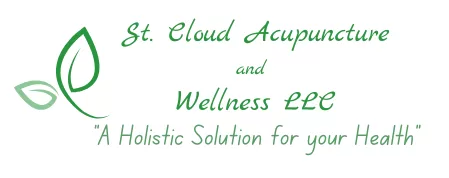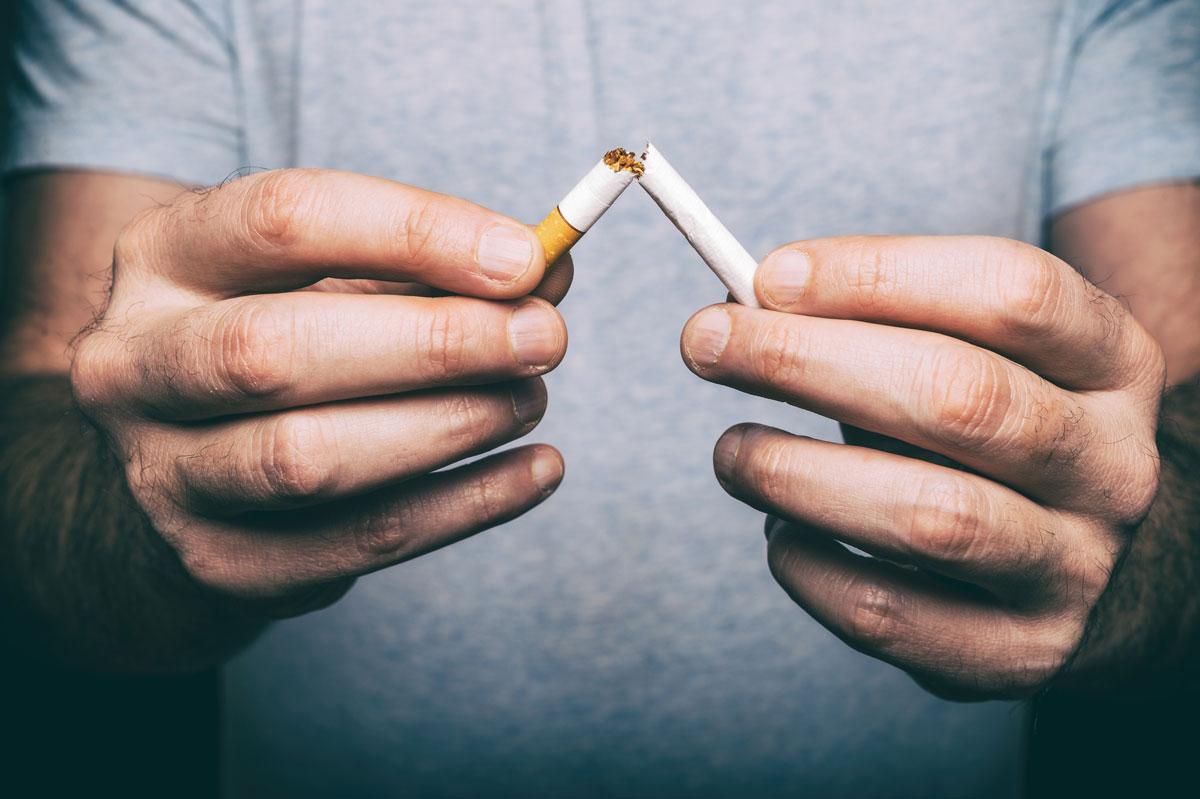- Dr. Christina Arbogast, AP, MSOM, BSH, CFMP, CNC1102 Pennsylvania
St. Cloud, FL 34769(407) 792-5660
Info@DrChristinaArbogast.com By entering your phone number, you agree to receive text messages from St. Cloud Acupuncture & Wellness. Message frequency varies. Text HELP for help, STOP to cancel. Msg & data rates may apply.
-
New Hours
Mon / Thur7am -12pm, 2pm - 7:00pmWed7am -1pm, 2pm - 5pmTue / FriTele Health / Functional Medicine , CPRSat7am - 10:30amNo in office appointments for Tuesdays or Fridays.
-
Latest Articles:
- • Add These 10 Immune-Boosting Foods to Your Fall Diet •
- • Keep Your Skin Healthy and Glowing with these Fall Skincare Tips •
- • Beat End of Year Burnout with these Fall Self-Care Rituals •
- Sign up to receive news and updates and get my free report:“The Top 10 Reasons to Try Acupuncture”

- Sign Up for CPR Class
Health WellNews
Spring TCM Life Tips
This transition allows for the ability to get more done and spend more time outdoors, possibly shedding those extra pounds gained over the holidays and reconnecting with nature. But as with any seasonal change, there are organ systems that need specific attention. This is where Traditional Chinese Medicine (TCM) excels in helping make a smooth transition.
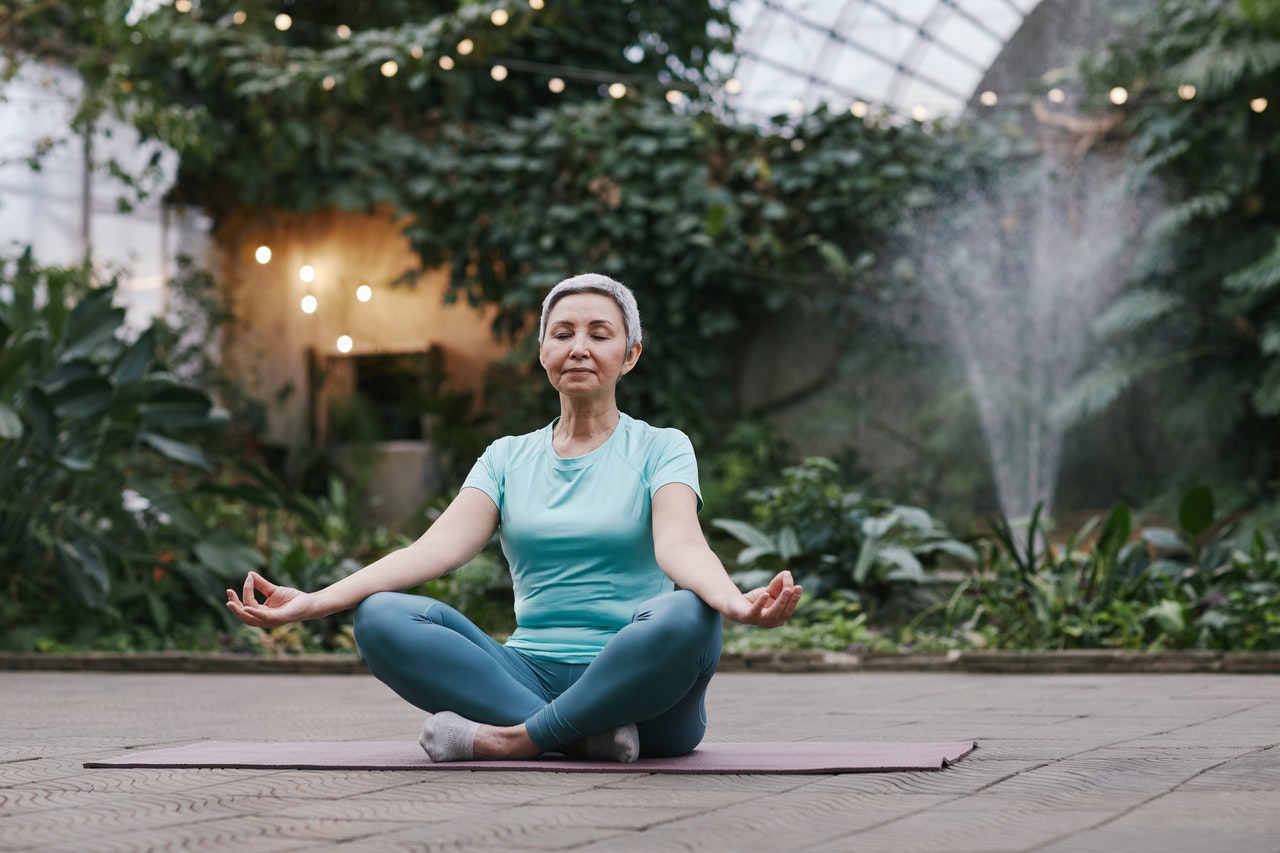
As we transition from winter to spring, it’s important to understand that in TCM, the season of winter is associated with associated with the element of water and it corresponds to the kidneys. The kidneys house our life force or jing and therefore, they must be constantly fed and replenished, as jing dissipates over time. Winter is the perfect time to do this.and is done by sleeping more, eating hearty, warming seasonal foods, and avoiding excessive sweating or exercising.
The season of spring is associated with the element of wood and it corresponds to the liver. As everything around us blossoms in the spring, so too should we embrace this time. But the liver tends to be a bit of a bully for many people and it must be kept in check. Often the winter months leave some stagnant feelings, which can manifest in different areas like relationships, work, or even our bodies. If there is frustration, physical pain, or sadness, it may be a sign that energy is not flowing properly or optimally.
Eating according to the seasons is very important in TCM. As the weather gets warmer, most people gravitate towards healthier food options in an effort to lose some of the winter weight. But according to TCM, eating lighter, more natural foods actually gives the liver a chance to repair itself and that alone can help us feel more energetic and improve our clarity of thought. The immune system also functions better when excess sugar and dairy are removed.
Acupuncture is one of the tools in the TCM toolbox that can help make the transition from winter to spring easier. Acupuncture can balance the body as it reacts to the changes in the weather and activity levels. Regular acupuncture treatments have also been shown to boost immunity. Spring can cause flare ups associated with seasonal allergies and acupuncture treatments can help with the inflammation, sneezing, runny nose and watery eyes that accompany the allergic reactions. But most of all, acupuncture can help regulate those emotional imbalances that are often common during this transitional period.
Feng Shui is another way to make the transition from winter to spring easier. You might have heard of Feng Shui referred to in the Western world as similar to interior design. However, in Chinese culture, feng shui is understood as a far more complex system. It is a practice intended to create harmony in our interior space and relates to our personal energy, the natural world, and our environment.
The ultimate goal of feng shui is to create energized and balanced spaces by drawing in positive energies. It draws on a system of interactions and laws about how humans perceive our physical environment. The art of feng shui governs spatial arrangement and orientation in relation to the flow of energy or Qi (pronounced “chee”). Tossing out old clothing, magazines or just going through that one junk drawer we all have, will create an empty space that will then allow for growth throughout the spring season.
By incorporating some simple TCM techniques into your life you may just have a more enjoyable metamorphosis from winter into spring.
Self-Care and Preventative Medicines
Should I get acupuncture even when I’m not sick? This is a question I get often.
For thousands of years practitioners of acupuncture & Traditional Chinese Medicine (or TCM) have emphasized the importance of preventing illness and disease. So the answer is yes, by definition acupuncture and TCM work to keep the body in balance, not only to revive you when you when stricken by illness.
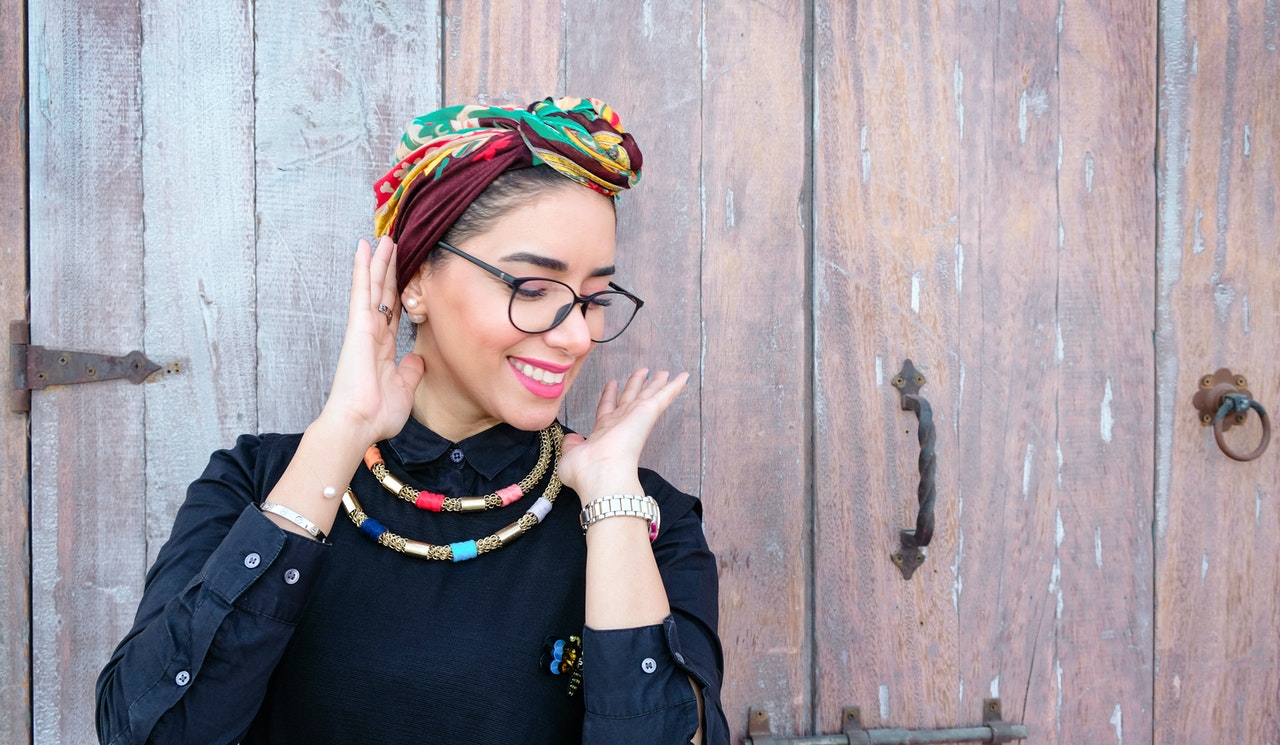
Going to the doctor when healthy is an obscure thought to those in the Western medical system. TCM practitioners look to many aspects of their patient’s lives beyond the physical aches and pains. According to TCM, there are many contributing factors that can bring the body out of balance. These include both internal and external factors such as seasonal changes, diet, physical activity, and emotional wellbeing.
Western allopathic medicine usually doesn’t recognize the role of emotions in creating illness beyond acknowledging stress exacerbates or causes 80 percent of all illnesses. According to TCM theory, specific emotions are linked to specific parts of the body: being stuck on any one emotion can bring that part of the body out of balance. Acupuncture and TCM can help us stay healthy by balancing these tendencies before chronic imbalances set in.
In one of the oldest books on TCM, “The Inner Classics of the Yellow Emperor,” compiled around 100 B.C.E., it’s written that excess joy slows and scatters qi, excess anger causes qi to ascend, excess sadness and grief weakens qi, excess worry knots and binds qi, fear descends qi and fright induces chaotic qi. The good news is each excessive emotions can be ‘harnessed,’ transformed and channeled into a virtuous emotion, which restores harmony and wellbeing. This transformation of emotions from excess to virtue is a vital aspect of the Yang-Sheng or preventative branch of Traditional Chinese Medicine.
Among the most common of excess emotion is the tendency of overthinking, worry and rumination; this will tend to result in digestive issues and/or metabolism concerns, as well as muscular tension and pain. In order to maintain optimal health one must learn to transform overthinking and worry into the virtue of creativity and dynamic insight.
Developing a regular meditation practice, even five to ten minutes once a day, can make a difference! You will develop the discipline to redirect worry and overthinking into resting in the present moment more often. A quote from “The Dhammapada” (The Buddha’s Path of Wisdom) expresses this, “As the bee collects nectar and departs without injuring the flower, or its color or scent, so let a sage dwell in his village.” When you find yourself worrying, compare your thoughts to a bee. Allow yourself to collect the ‘pollen’ of your thought while also germinating future ideas. This will transform your thoughts into nectar. A bee does not cling to only one flower.
Acupuncture can help you let go and move forward.
Try using acupressure at ST-36 and SP-3 to transform worry into creative action.
 ST-36 is the great harmonizer point: this point does it all! ST-36 can help motivate you, improve your energy, digestion, and boosting your immune system! Locate this point by placing one hand just below the outer knee cap (index finger by the knee cap), use your other hand to find ST-36 (just below your pinky finger) just off the outer shin.
ST-36 is the great harmonizer point: this point does it all! ST-36 can help motivate you, improve your energy, digestion, and boosting your immune system! Locate this point by placing one hand just below the outer knee cap (index finger by the knee cap), use your other hand to find ST-36 (just below your pinky finger) just off the outer shin.
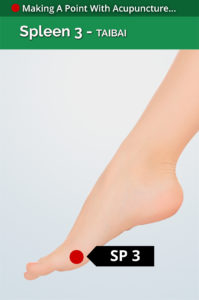 Pair ST-36 with acupressure at SP-3 to clarify your mind and regulate your digestion. Locate SP-3 along the inside of the foot, run your finger along the edge of the big toe until your finger ‘falls’ into a divot, about a three-finger width from the base of the big toe.
Pair ST-36 with acupressure at SP-3 to clarify your mind and regulate your digestion. Locate SP-3 along the inside of the foot, run your finger along the edge of the big toe until your finger ‘falls’ into a divot, about a three-finger width from the base of the big toe.
Look for future articles for tips on transforming other excessive emotions and nourish your vitality and wellbeing with the wisdom of Traditional Chinese Medicine.
Give us a call today to schedule your acupuncture tune-up.
Season of the Lungs
The theories of Chinese medicine suggest that each season relates to a different organ system. The Fall is the season of the Lungs. It’s the time of year when people are easily affected by environmental influences. Great changes are taking place in the weather and plant life around us. Some people refer to it as the “flu season.”
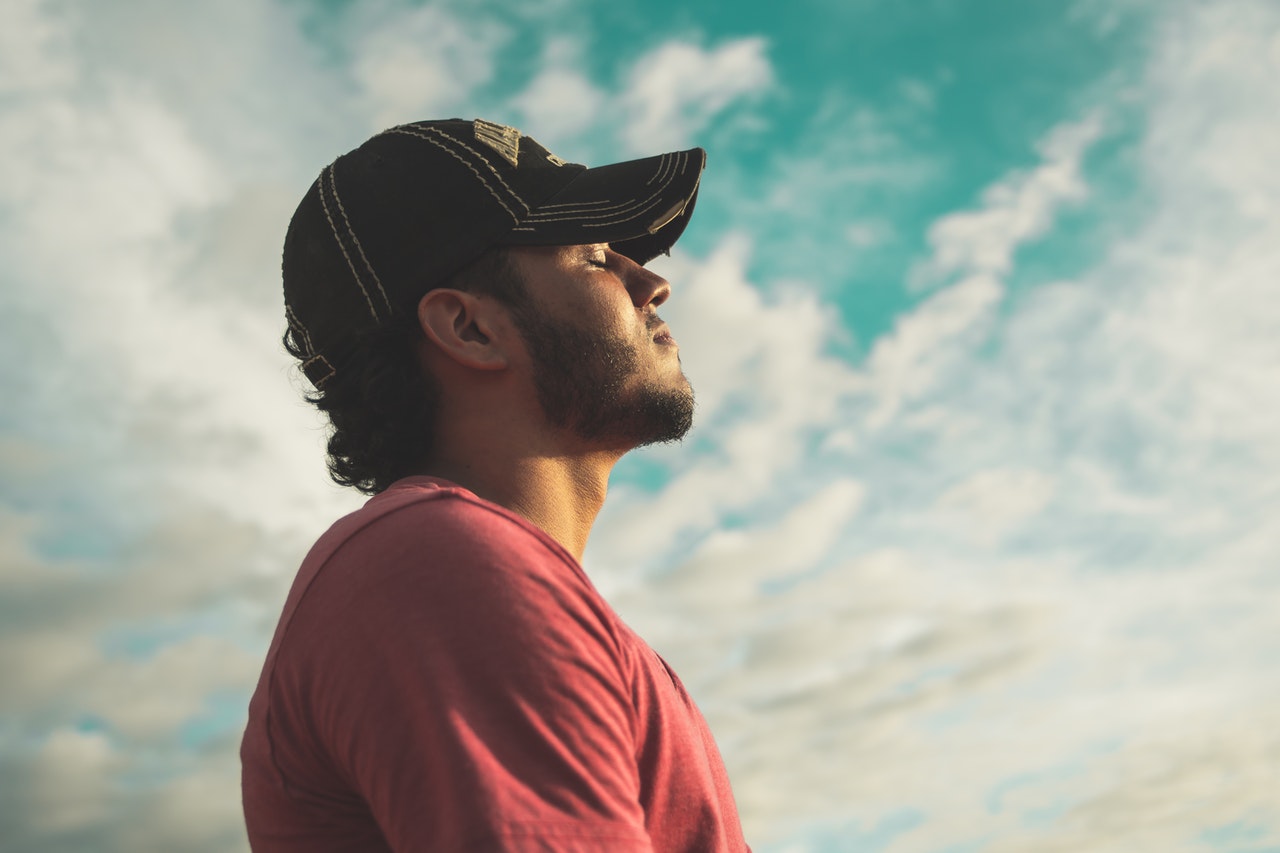
The lungs are called the “delicate protective organ,” because they are the only organ that comes into direct contact with the external environment. This can make them vulnerable to the environmental influences which can lead to colds, the flu or allergies.
The lungs are also involved in the production of Wei Qi. Wei Qi is a similar concept to what Western medicine refers to as the immune system. Wei Qi provides the body with an “immune system-like” barrier that protects the body from harmful pathogenic factors that can enter into it, and which may eventually lead to illness and/or disease.
Healthy and strong lungs can enhance the proper functions of the entire body. Through an intricate process, the Lungs extract “pure essence” from the air we breathe and combine it with the food we ingest to produce the Wei Qi. This immunity-like system is then circulated throughout the entire body, providing it with a first line of defense.
When the lungs are functioning correctly, we remain healthy, and potentially free from illness, however, when our lungs become weakened or imbalanced, our body may not have the capacity to produce the correct amount of Wei Qi. When this occurs, the stage for “catching” a cold, the flu or allergies is set. Weak lungs and Wei Qi can also lead to asthma, eczema, dry skin and other problems.
The lungs are negatively affected by many factors: an improper diet, emotional stress, unexpressed or long-held grief or sadness, inherited constitution, smoking, bad air or pollution.
The ancient classic text, Zhen Jing, states, “If the lungs function well, it can activate the flow of Qi, and nourish the whole body with Wei Qi, as rain nourishes young crops.” Proper lung function is necessary to keep us healthy and to help ward off illness and disease.
Staying Healthy and Happy this Autumn
The cooler days and longer nights of autumn have transitioned from the bright, busy days of summer. The natural world is getting ready for the cold months ahead and our bodies are adapting to the changing seasons.
Traditional Chinese Medicine (TCM) tells us that we are all part of the natural world and its rhythms. As the harvest season settles in, you may find yourself looking inward, reflecting on your life and preparing for the winter in your own way.

In TCM, each season corresponds to a specific Organ System. For example, during the autumn, the Lungs are at their most active point and are susceptible to both positive and negative influences. The Lungs, often referred to as “the delicate protective organ” because of their direct contact with the environment, perform the important function of extracting Qi (“vital energy”) from the air we breathe.
Another important function of the Lungs is to produce Wei Qi. Wei Qi is similar to the Western concept of the immune system and protects the body against harmful external factors.
When the Lungs are strong and balanced, we’re generally able to stay healthy and avoid illness. However, if the Lungs are out of balance, we become more likely to suffer from conditions such as colds, flu, asthma, allergies and other respiratory concerns.
SUPPORT YOUR LUNGS THIS SEASON WITH THESE SELF-CARE TIPS:
WARM UP: Protect yourself against the wind and cold. Nourish your body by eating more warm, cooked foods.
COVER UP: Weather can change quickly this time of year. Layering clothing or having an extra sweater will help keep your body warm and at the right temperature in order to stay healthy. Have you ever noticed when you first start to catch a cold, you have a stiff neck followed by aches and pains and even fatigue? The back of your neck is vulnerable to Wind, and when your pores are open up, Wind can get into your body where it doesn’t belong thus causing your body to be more vulnerable to colds! Wearing a scarf can help prevent colds and keep you snug in the winter months.
FOCUS ON EMOTIONS: Try to let go of negative feelings such as grief and sadness. These can strongly affect your body’s overall balance in this season, and those to come.
BREATHE DEEP: Try breathing exercises daily to keep the Lungs healthy. I can recommend and teach you specific exercises and self-care techniques in order to keep you functioning optimally.
SEEK PREVENTIVE CARE: Schedule an appointment with me for a “seasonal tune-up” that is designed to strengthen your Wei Qi and help you maintain balance throughout the seasons to come.
Acupuncture to Stop Smoking
Smoking is a strong and complicated addiction. Quitting smoking is no small task and you will likely need lots of support in order to be successful. You need the best tools to help with the physical and emotional symptoms, and acupuncture is a great resource to help you succeed.
HERE ARE THE 6 THINGS YOU SHOULD KNOW ABOUT USING ACUPUNCTURE TO QUIT SMOKING.
Acupuncture is very effective to help stop smoking.
Acupuncture has been used to help combat addiction and curb cigarette cravings for a long time. Many people have had success and now research is supporting these claims.
In a recent study, “Alternative Smoking Cessation Aids: A Meta-analysis of Randomized Controlled Trials,” researchers gathered data from 14 different studies to see which alternative techniques helped patients stop smoking. The acupuncture studies examined 823 different patients. The researchers concluded that both acupuncture and hypnotherapy may help patients quit smoking. The scientific world is far from definitely recommending acupuncture for smoking cessation, but more and more research shows that it does help many people.
Acupuncture helps with smoking addiction in many ways. It stops jitters, curbs cravings, lessens irritability and restlessness, increases relaxation, and helps detoxify the body. It can also restore balance in your constitution and jumpstart the healing process.
There is a “stop smoking” acupuncture point.
There is a point called “Tim Mee,” which is used specifically to stop smoking. It’s located one finger’s width above your wrist crease, on the inside of your arm. It is used solely to help people stop smoking and it does this by altering the way cigarettes taste.
Will this point be enough? Of course not.
Smoking is a complicated addiction. Tim Mee is a powerful acupuncture point, but it must be used in conjunction with other points to combat cravings, rebalance your body and heal.
Acupuncture can reduce cravings, but it can’t change habits.
Physical cravings are only one aspect of cigarette addiction. Many times, the habit of smoking is harder to stop than the physical addiction. If smoking helps you cope during difficult emotional situations, not smoking can make you feel naked and vulnerable. If smoking is part of a daily ritual, not smoking can make your day feel “off.” All of this is normal and challenging to cope with.
It is recommended that people use all the support systems they have available. Get help from family and friends, join a support group or even exercise. The best way to quit this addiction is to find new, smoke-free activities.
Stopping a smoking addiction requires support—physically, emotionally, and socially.
There are simple acupressure techniques to cope with cravings.
Ear massage is one way you can cope with cravings at home. It releases endorphins and these chemicals are natural painkillers. It also stimulates acupuncture points which help balance Qi.
There are many ear massage techniques. You can place your thumbs in the widest upper part of your ears and massage in circular motions. You can massage the small inner crevices and the front of your ear where it attaches to your head. And you can massage your earlobes, with gentle pulls and circular motions.
Herbs can help with cravings.
There are many herbs that help with cravings, irritability, detoxification, and tissue repair. Make an appointment and we can discuss which ones would be best for you.
The Third Thursday in November is the Great American Smokeout.
The American Cancer Society has designated the third Thursday of November as the Great American Smokeout. This is a day to quit smoking—for good. If you have “thought” about quitting, the Great American Smokeout is a great day to actually do it.
